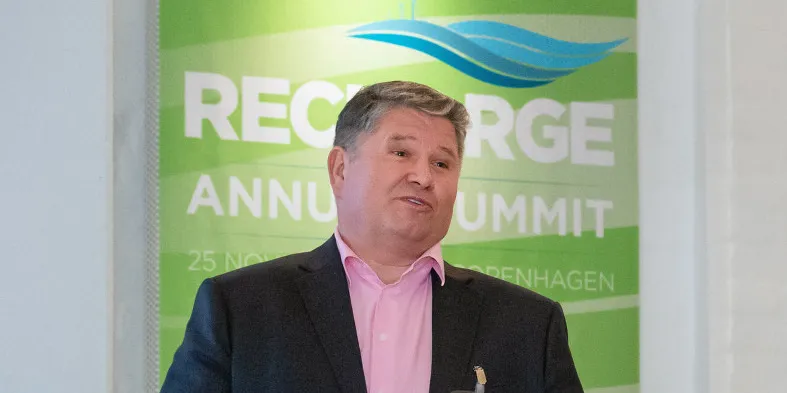UK should go 'straight to gigawatt-scale' with floating wind to make up lost time: Ocean Winds chief
Grzegorz Gorski says British government needs to scale-up rapidly after being slow to back burgeoning sector when first full-scale array was switched-on in 2017
